Government Industry
Reimagine Work with Government Automation Solutions
Modernize the way your agency works by harnessing the power of intelligent automation solutions to better serve your citizens. We help you simplify your government operations with automated solutions, strategic advice, and business processes that scale to meet your needs.
Customers That Trust Us
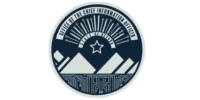
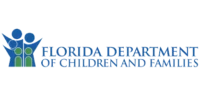
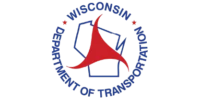
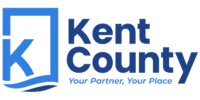
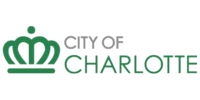
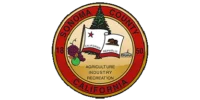
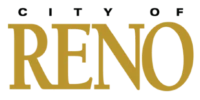
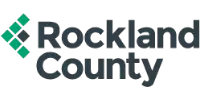
Modernize Your Agency to Achieve
Exceptional Outcomes
Government modernization is essential for improving efficiency and service delivery. Naviant excels in solving complex problems and automating various areas within government operations. By using Naviant’s digital solutions, government agencies have achieved exceptional outcomes like 99% cost savings in processes and 300% productivity gains by reducing information retrieval from 12 minutes to 10 seconds. These statistics highlight the transformative impact of Naviant’s solutions on government modernization efforts.
See What Customers Are Saying
Intelligent automation helps government agencies serve citizens better, faster, and cuts costs. As manual tasks pile up and transaction volumes grow, this technology has become essential for efficient operations and happy employees.
Speaking on the PeopleSoft integration, that’s probably my biggest customer because it covers all departments.
“Speaking on the PeopleSoft integration, Jim said, “That’s probably my biggest customer because it covers all departments. We had 50 web scanning licenses back in the day, and then we integrated with Accela, which is our permit tracking system.”

Jim McKenney
Project Manager, Sonoma County CA
Key Automation Benefits for Government
Less Admin. More Impact.
Speed up decision-making with intelligent automation solutions. Imagine a world where your teams have essential information at their fingertips, with built-in automations to make life easier. Let us help you turn this vision into a reality, so you can realize your modernization goals.
Enhance Citizen Experience
Achieve faster and more efficient government services for citizens by automating routine tasks and accelerating decision-making.
Increase Operational Efficiency
Intelligent workflow automation streamlines approvals, reduces manual errors, integrates with core systems, and optimizes resource allocation.
Improve Data Management
Digitize and automate documents and workflows to enhance transparency, facilitate better decision-making, and ensure regulatory compliance.
IT & Legacy Modernization
Modernize operations and outdated legacy systems with low-code / no-code app development solutions. This will improve your business processes to help you work smarter.
Customer Story
Village Uses Technology For Big Efficiency Gains
The Village of DeForest faced significant budgeting and staffing challenges, needing to make the most of its 53 full-time staff members while relying on outside contractors. But when they implemented an ECM solution, they extended their staff capabilities, reduced the need for additional staff or contractors optimized their processes, and boosted efficiency organization-wide.
How to Use It
Apply Our Solutions Across Your Entire Agency or Department
Automate your way to better government operations. Our intelligent automation solutions eliminate manual paperwork, speed up approvals, and reduce data entry across departments. Start with one key process and watch efficiency spread throughout your agency. Your team sets the pace as automation transforms more of your operations, leading to a better way to work.
Areas to Automate
- State Government
- County & Local Government
- Federal Government
- Tribal Government
- Records Management
- Back Office Operations
- Circuit Courts
- Public Records Requests
- Agenda Management
- Eligibility Auditing
- Benefit Payment Processing
- Citizen Content Portals
- Intelligent Document Processing (IDP)
- Integration with Core Systems
- Robotic Process Automation (RPA)
- Case Management
- Intelligent Mailroom Service
- Fraud Detection
State Government
Modernize your State agency today with Intelligent Automation solutions that help you reimagine the way you work and harness intelligence. Let’s get started!
- Digitize your paper to make it securely accessible
- Workflow automation to speed up processes and provide visibility
- Case management for spreadsheets and databases for a 360-degree view
- Intelligent document processing (IDP) to streamline countless processes, including Real ID and Proof-of-Identity
County & Local Government
Modernize operations within all areas of County and Local Government. Join the revolution to automate routine tasks and free up human potential.
- Improve the citizen experience and services in all areas, including Courts
- Manage key policies better and faster with automation
- Accelerate your digital transformation with intelligent automation
- Automate paper-based processes like Agenda Management
Federal Government
Modernize your Federal Forces with a vetted contractor that understands your agency. Secure, reliable automation solutions will transform the way you work.
- Vetted contractor with approved Federal security clearance
- Contract and Purchasing vehicles already in place for a quick and easy start
- Securely digitize your content to automate paper-based processes
- End-to-end automation solutions to transform and accelerate your processes
Tribal Government
Transform the way your Tribe works to better serve your Tribal members, save money, speed up decision-making, and better preserve your cultural heritage.
- Preserve vital records and cultural heritage content and make it accessible
- Better support programs and funding for tribal members
- Accelerate decision-making with workflow automation and IDP capture technology
- Automate paper-based processes like Agenda Management
Records Management
Managing your data and content in one place is powerful. Let us help you strategize your plans for a solution that connects data, content, and processes.
- Handle growing data and transaction volumes
- Securely digitize and classify content to make better faster decisions
- Reduce manual data entry and paperwork
- Meet legal retention requirements for documents and records
Back Office Operations
Back-office operations are an excellent place to start with your modernization efforts. Speed up decision-making with automation in these key operations.
- Automate Accounts Payable (AP) to speed up invoice processing
- Manage your Accounts Receivable (AR) from start to finish
- Support remote work and accelerate onboarding in Human Resources (HR)
- Speed up contract management processes and legal compliance
Circuit Courts
Enhance productivity, collaboration, and decision-making with paperless court solutions to streamline workflows to allow staff to focus on high-value activities.
- Paperless processing of case files, including eSignatures
- Ability to redact and release secure files to the public by Clerk
- Paperless Courtroom with easy Judge interface to streamline decisions
- Securely automate the Court Docket Code Classification process
Public Record Requests
Optimize the handling of public record requests, including Access to Information and Privacy (ATIP) requests, by automating the intake, tracking, and response processes. Here’s how automation does it:
- Receive and log incoming public record requests
- Search, retrieve and redact requested documents from databases
- Empower users to share while retaining control
- Improve process transparency for a better constituent experience
Agenda Management
Manage your agenda, minutes, video, voting, and records from start to finish on one automated digital platform. And, without paper!
- Manage a variety of meeting types with intelligent automation
- Automate the creation and routing of agenda items and meeting documents
- Electronically record motions, votes, and minutes
- Use a web portal with streaming and on-demand video capabilities
Eligibility Auditing
Use Intelligent automation to enhance the accuracy and efficiency of eligibility audits, ensuring that resources are allocated appropriately and compliance is maintained. Here are a few ways to use automation:
- Collect and review applicant data against eligibility criteria
- Cross-check information with external databases and records
- Flag discrepancies and schedule follow-up investigations
- Generate audit reports and recommendations for action
Benefits Payment Processing
With automation, ensure that beneficiaries receive their payments promptly and accurately, improving overall satisfaction and trust in public services:
- Verify recipient eligibility and calculate payment amounts
- Process and schedule benefits payments
- Generate and send payment confirmation notices to recipients
- Update and maintain records of payments made and outstanding
Citizen
Content Portals
Self-service portals provide secure access to constituents to request documents and interact with your government agency.
- Provide faster service and better experiences to your customers
- Securely process and collect fees for constituent requests
- Constituents have instant access to services 24/7 every day of the year
- Enhance efficiency and accelerate your transformation
Intelligent Document Processing (IDP)
Automate the classification, extraction, validation, and archiving of data from various document types using intelligent document processing (IDP).
- Digitize paper documents and store them in a searchable database
- Automatically categorize and tag documents based on content
- Route documents to appropriate departments or individuals
- Generate summaries and extract key information for easy review
Integration with Core Systems
Unlock the power of integration with your core systems to speed up processes and keep workers in the systems they love.
- Allow users to stay in your core systems like Workday, SAP, Oracle, JD Edwards, Microsoft, etc.
- Surface and deliver critical content in HRIS ( PeopleSoft, PeopleFirst, SuccessFactors)
- Enable seamless access to critical documents and data in Salesforce
- Industry-specific (Accela, ESRI, Tyler, Cityworks, court systems, etc.)
Robotic Process Automation (RPA)
Speed up document processing and compliance monitoring with RPA. This intelligent automation technology automates repetitive rule-based tasks, improves efficiency, and reduces errors.
- Process Automation | Bots complete repetitive tasks at rapid speed with capabilities like cross-checks, auto-alerts, site logins, etc.
- Finance | Review invoices, POs, and bills and perform ERP/CRM lookups
- HR & Purchasing | Confirm form completion and validate backgrounds.
- IT Help Desk Automation | Reset passwords, answer questions, onboarding tasks, etc.
Case Management
Still working in spreadsheets and access databases to manage information that’s part of a larger process? Case Management gives you a 360-degree view to make better faster decisions.
- Brings disparate data into one system to provide a 360-degree view of the “case”
- Automatic notices for missing information keeps the process moving
- Enable managers to rebalance workloads and reprioritize work
- Wide variety of use cases, including Licensing and Credentialing processes
Intelligent Mailroom Service
You deserve service that exceeds standards and works at the speed of business. Through our strategic partnership with WPS Data Logistics, we’ve got you covered with a reliable scalable 24/7 team.
- Lower your operating expenses and accelerate processing
- Revolutionize the way you manage data and documents
- AI-based capture that converts data to your preferred format
- Secure transfer of mail / files to ensure compliance
Fraud Detection
Anticipate and prevent fraud before it occurs. Use automation to take a proactive approach to safeguard public funds and enhance the integrity of public services.
- Monitor transactions and activities in real-time for suspicious patterns
- Cross-reference activities with known fraud indicators and historical data
- Automatically flag and freeze accounts involved in suspected fraud
- Generate detailed reports for compliance teams to investigate further

Ready for Less Repetitive Work?
Let our experts guide you toward the right solution to improve your processes and unleash innovation.
Customer Stories
Every Success Story Starts With a Vision
Our customers inspire us every day. It’s our privilege to help them achieve their goals and reimagine what’s possible.
I know our elected officials are really happy with the system and so are a lot of our constituents. Our turnaround times went down. The world loves to see things more transparently and quickly, and we were able to make that happen.
“Our [turnaround] times went down and our public records’ events and the queues went down with OnBase. The world loves to see things more transparently and quickly, and we were able to make that happen. I know our elected officials are really happy with the system and so are a lot of our constituents, based on feedback.”

Katelyn Scarlett
Records System Manager, City of Reno NV
I don’t know how many times we’ve heard how much time we were going to reduce or how excited staff was to work with the new solution.
“It was really exciting to see a customer so excited about a solution. I don’t know how many times we’ve heard how much time we were going to reduce or how excited staff was to work with the new solution, so that’s always great to hear.”

Aaron Selchert
Supervisor of the Document Management Unit in the Bureau of IT Services, State of WI Department of Transportation
With the increase in efficiency OnBase has brought, we’ve been able to do more with the people we have and avoid hiring new people unnecessarily.
“With the increase in efficiency OnBase has brought, we’ve been able to do more with the people we have and avoid hiring new people unnecessarily. I am just impressed with the sheer flexibility and versatility of the software. I can build anything that my customers need. We can automate notifications, build applications, and send copies of forms. It really is endless.”

Kylie Arnold
OnBase Administrator and Database Administrator, City of St. George
Naviant does a lot of work in the state government space.
“Naviant does a lot of work in the state government space. They have worked with all types of local and state departments, handling housing, public safety, Medicaid, Medicare, public records, code enforcement, urban planning, etc.”
State Government Customer

Technologies
Building The Bridge Between Now & Next
Our deep consulting and technical expertise helps us build solutions that automate your most time-consuming work. We combine Intelligent Automation tools in unique ways to help you reimagine work to solve your most complex problems and deliver exceptional outcomes.
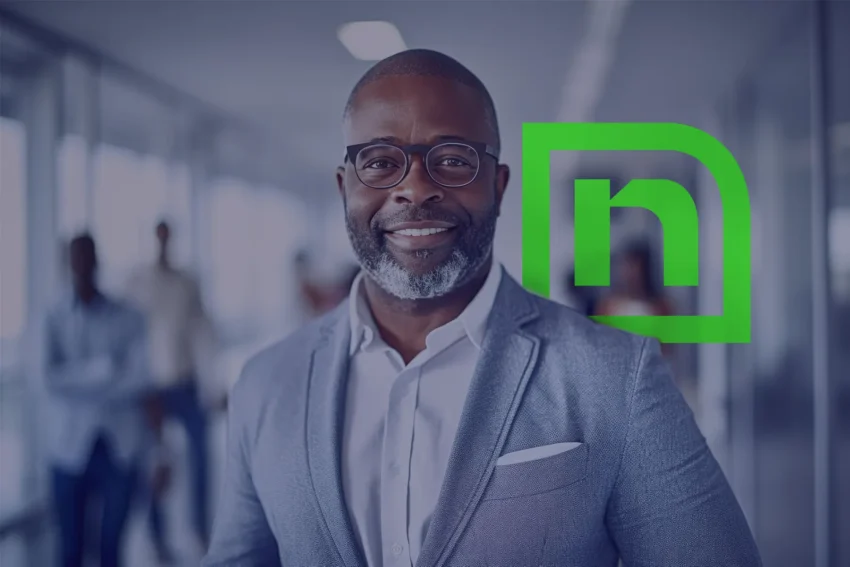
Why Choose Naviant?
Your vision is our priority. We start by understanding your goals and discovering the right path forward together with a process-first approach. This collaborative approach helps us design solutions that automate the highest-impact processes and tasks, drive operational excellence, and build lasting success.
I love Naviant support.
“I love Naviant support. I cannot rave enough about how responsive and helpful they just really are great and the implementation team was really good.”

Mandy McClellan
Records Manager, Central Utah Water Conservancy (CUWCD)
Naviant Blog
Learn More About Government Automation Solutions
Get insights on government automation and digital transformation.
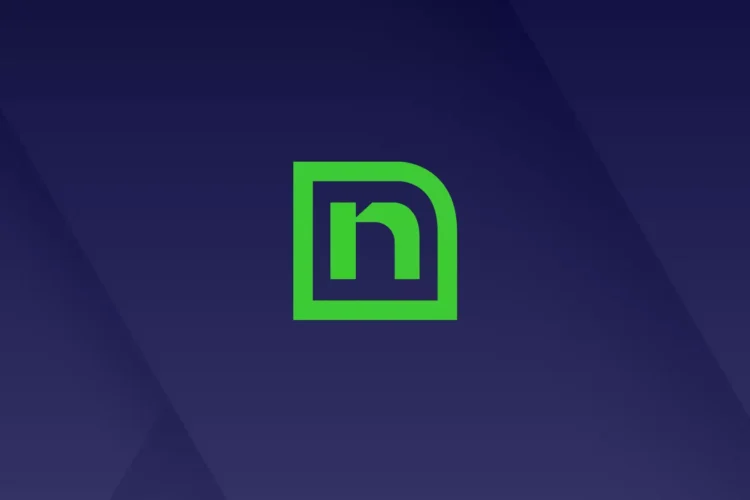
- Customer Story
- Content Portal, Legal & Compliance, Low-Code Development

- Whitepaper
- Agentic Automation, Artificial Intelligence (AI), Robotic Process Automation (RPA)

- Blog
- Change Management, Intelligent Automation

- Blog
- Business & Process Orchestration, Change Management, Intelligent Automation, Intelligent Document Processing (IDP), Low-Code Development, Managed Services, Process & Task Mining, Robotic Process Automation (RPA), Workflow Automation
Experience the Future of Work Today
Talk with us today about how process automation can help your agency deliver better public service.